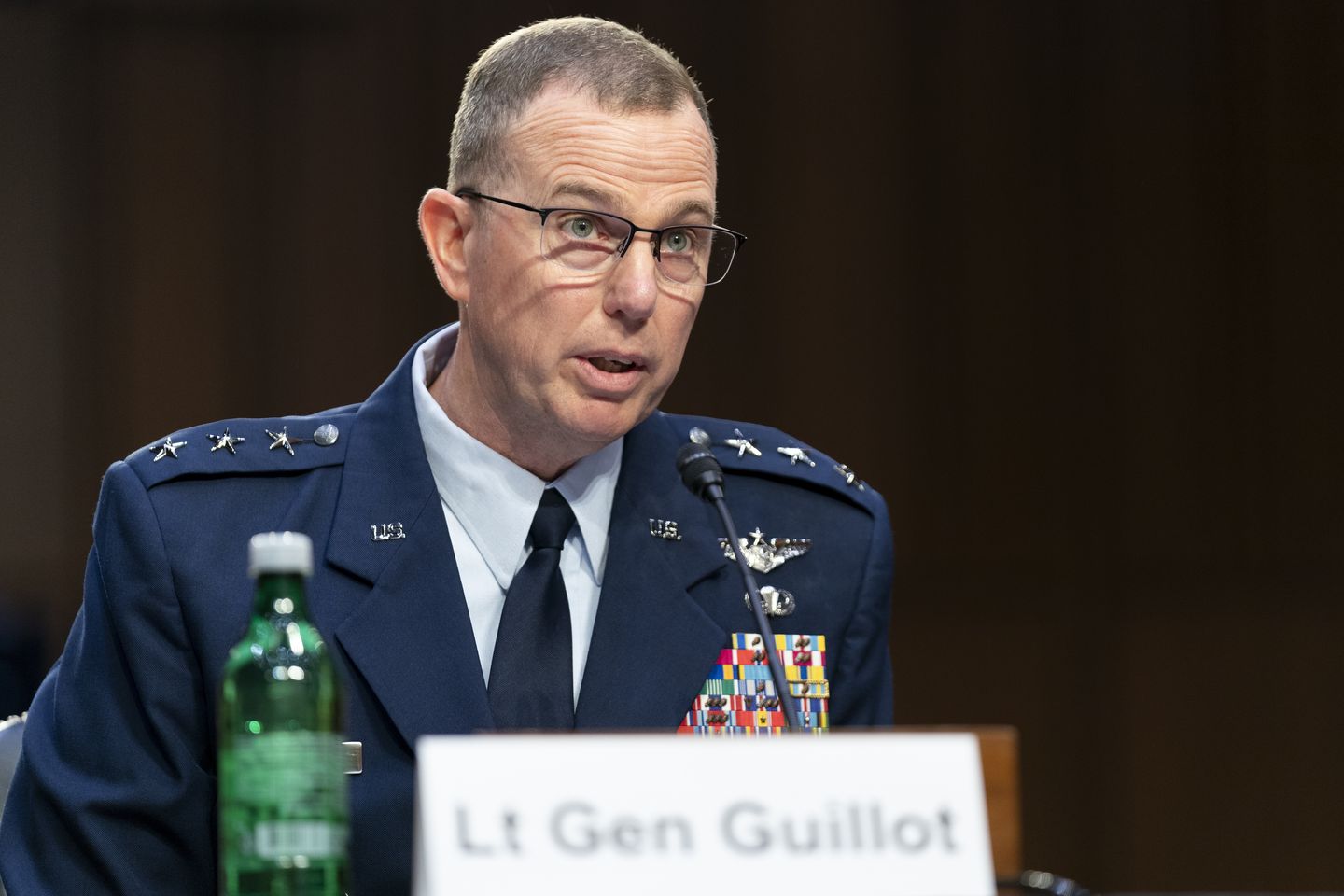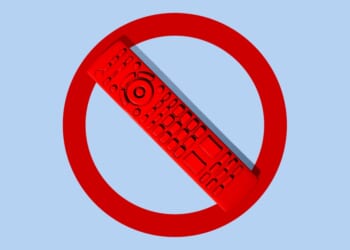
The commander of the joint U.S.-Canadian North American Aerospace Defense Command told the House Armed Services Committee that he envisions President Trump’s Golden Dome missile shield as multiple overlapping defense domes capable of defeating everything from high-altitude ballistic missiles to lower-flying threats such as cruise missiles and unmanned aerial systems.
Air Force Gen. Gregory M. Guillot, who wears two hats as the head of U.S. Northern Command along with NORAD, told lawmakers on Wednesday they are taking “immediate actions” to implement Mr. Trump’s Jan. 27 executive order directing the building of a missile defense shield for North America.
The first “dome” will focus on the area from the seafloor to space. Gen. Guillot said it remains “the most critical priority for deterring and defeating missile threats to the homeland.”
The second tier will rely on the U.S. ground-based midcourse defense system, which is fully capable of defending against a missile attack from an adversary like North Korea. The third dome will defend against lower-altitude threats such as enemy aircraft, land-attack cruise missiles and unmanned aerial systems.
“To ensure effectiveness, the three nodes must be resilient, interconnected, and tailored to defeat specific threats,” Gen. Guillot testified. “Developing these defenses and associated policy guidance that reflect the complex strategic environment and the reality of a homeland at risk will be critical in the coming years.”
Rep. Scott DesJarlais, Tennessee Republican who chairs the Strategic Forces subcommittee, said the hearing comes at an important moment for missile defense.
“Despite the growth and increasing complexity of missile threats in recent years, and the value of missile defense capabilities being demonstrated in the skies over Israel, the Red Sea, and Ukraine, budget requests for missile defense funding in recent years have declined,” he said.
Gen. Guillot told lawmakers that the likelihood of a direct conflict between the U.S. and one of its four principal adversaries — China, Russia, North Korea, and Iran — is on the rise. He said their perception of Western decline is fostering a growing willingness to challenge the U.S on the global stage and increases the risk of miscalculation in a crisis.
“As Russia’s brutal and misguided invasion of Ukraine enters its fourth year, there remain several plausible pathways by which the war could escalate into a direct military conflict with the United States,” Gen. Guillot said. “Similarly, the conflict ignited by Hamas’ October 2023 attack on Israel has expanded to encompass much of the Middle East and threats to embroil the United States in a direct military conflict with Iran and its proxies.”
Mr. DesJarlais said last year’s Pentagon budget eliminated competition in two key missile defense programs — the Glide Phase Interceptor and the Next Generation Interceptor — and also proposed ending procurement of the Navy’s SM-3 Block IB interceptor.
“Now, a new administration has taken office, with a new vision for investment in missile defense capabilities and defending the homeland that is long overdue,” Mr. DesJarlais said. “Missile threats to the homeland are growing and becoming more dynamic as our adversaries develop and deploy new capabilities — such as hypersonic weapons, long-range cruise missiles, new ballistic missiles, and even fractional orbital bombardments systems, or ‘FOBS.’”
The capabilities will enable adversaries to strike the U.S. and coerce American leadership in the event of a crisis, he said.
“Our ability to defend against them has not kept pace,” he said.
Rep. Seth Moulton, Massachusetts Democrat, said missile defense has had a mixed legacy but he pointed to some noteworthy successes, such as the Patriot, the Aegis ship defense system and the Terminal High Altitude Aerial Defense system, that have proven themselves on the battlefield. He said the U.S. has relied on its current nuclear arsenal and on the concept of mutually assured destruction to deter any potential threats.
“Golden Dome completely upends this policy, which is credited with keeping us safe from nuclear attack for the last 70 years,” Mr. Moulton said. “Do we believe that the fundamentals of the strategic landscape in the past six years have shifted so dramatically that we require a monumental shift in our strategic defense policy?”
While the goal of the nation’s missile defense system is to keep Americans safe, more missile defense is not necessarily better if it upsets strategic stability — the equilibrium that deters any nation from launching a nuclear attack that could explode into a nuclear war, he said.
“That is why mutually-assured destruction, an assuredly frightening concept, actually promotes stability,” he said. “If nations know that they themselves will get obliterated if they use nuclear weapons, they are unlikely to use nuclear weapons.”
















